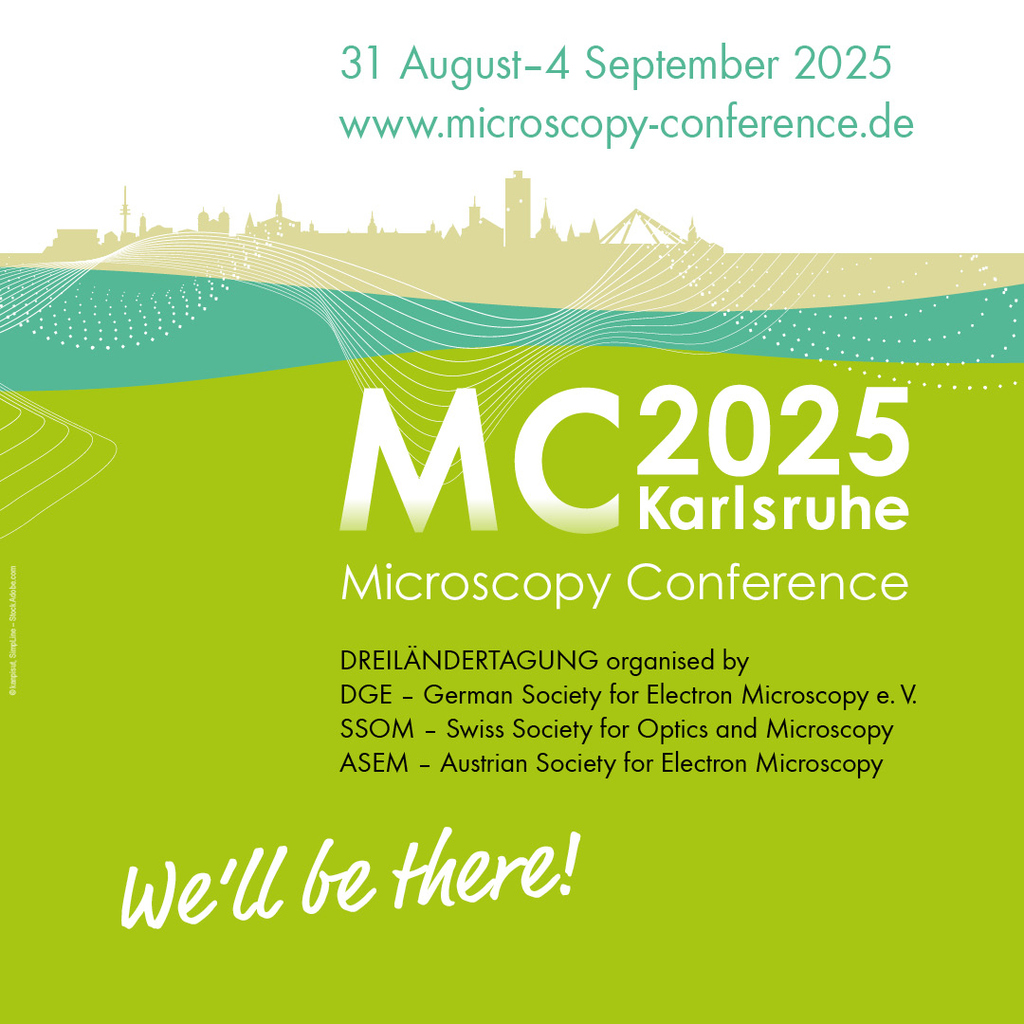
Together with Yolita Eggeler, Astrid Pundt and Rasmus Schroeder and supported by Conventus, we are organizing the MC2025 at the Messe Karlsruhe from August 30st to September 4th. We are expecting around 1000 participants and am looking forward to also welcome you in Karlsruhe.
Link_more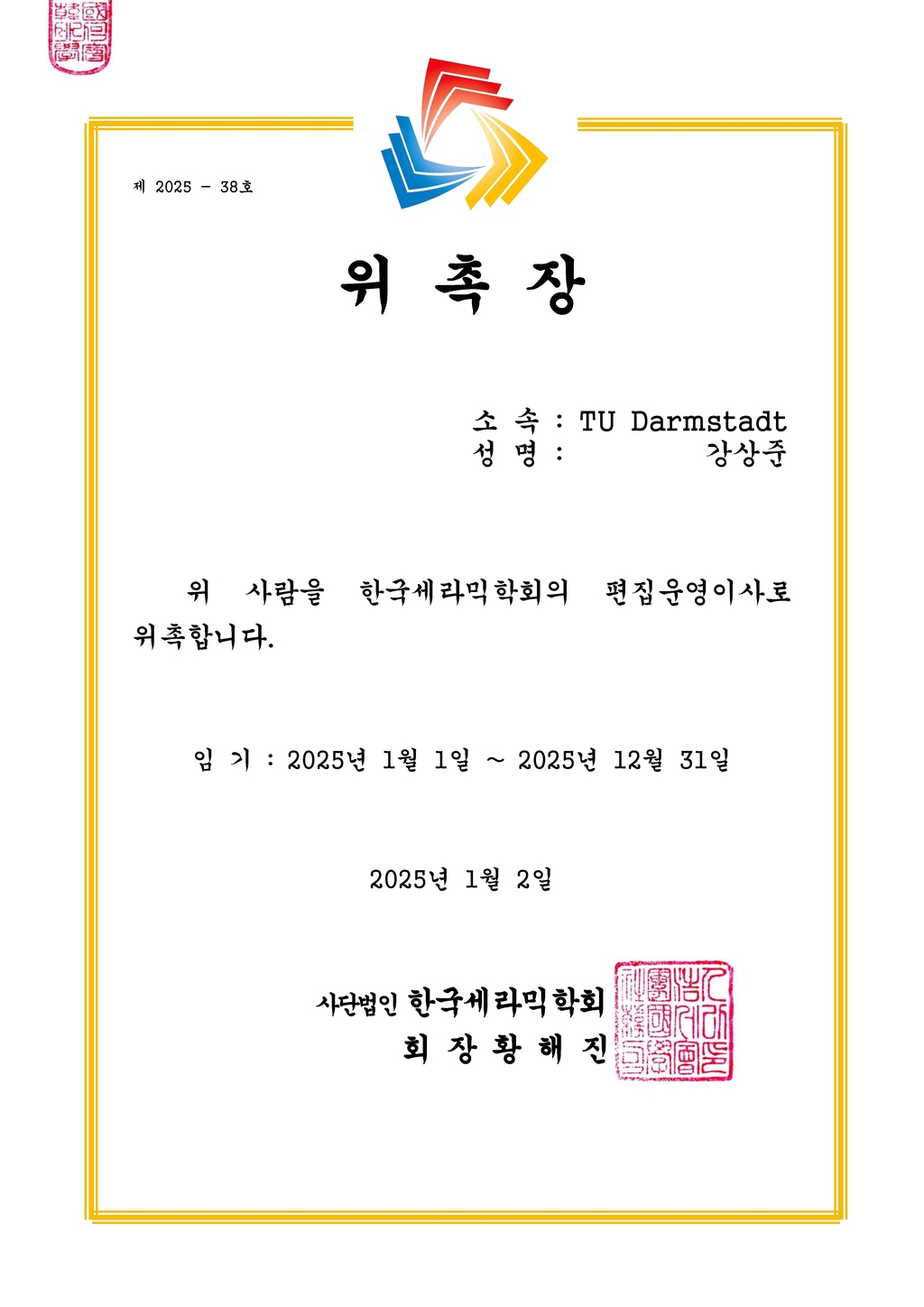

TFS finished the installation of our new Helios 5 CX cryo-FIB geared especially towards TEM sample preparation and cross-section analysis of air and beam sensitive samples.

We are very pleased to announce that the second funding period for our project CRC 1441 - TrackAct has been approved by the Deutsche Forschungsgemeinschaft. The CRC will now continue until 2028. Thank you very much Jan-Dierk Grundwaldt and all colleagues involved for the proposal preparation and defense. We are looking forward to continue the successful collaboration.
Link_more
The joined NRF-DFG project 'Exploring thermodynamics and kinetics of metal-hydrides for solid-state hydrogen storage systems through multi-dimensional electron microscopy analysis' has been approved and we are looking forward to the collaboration with Prof. Dong Won Chun at Postech.
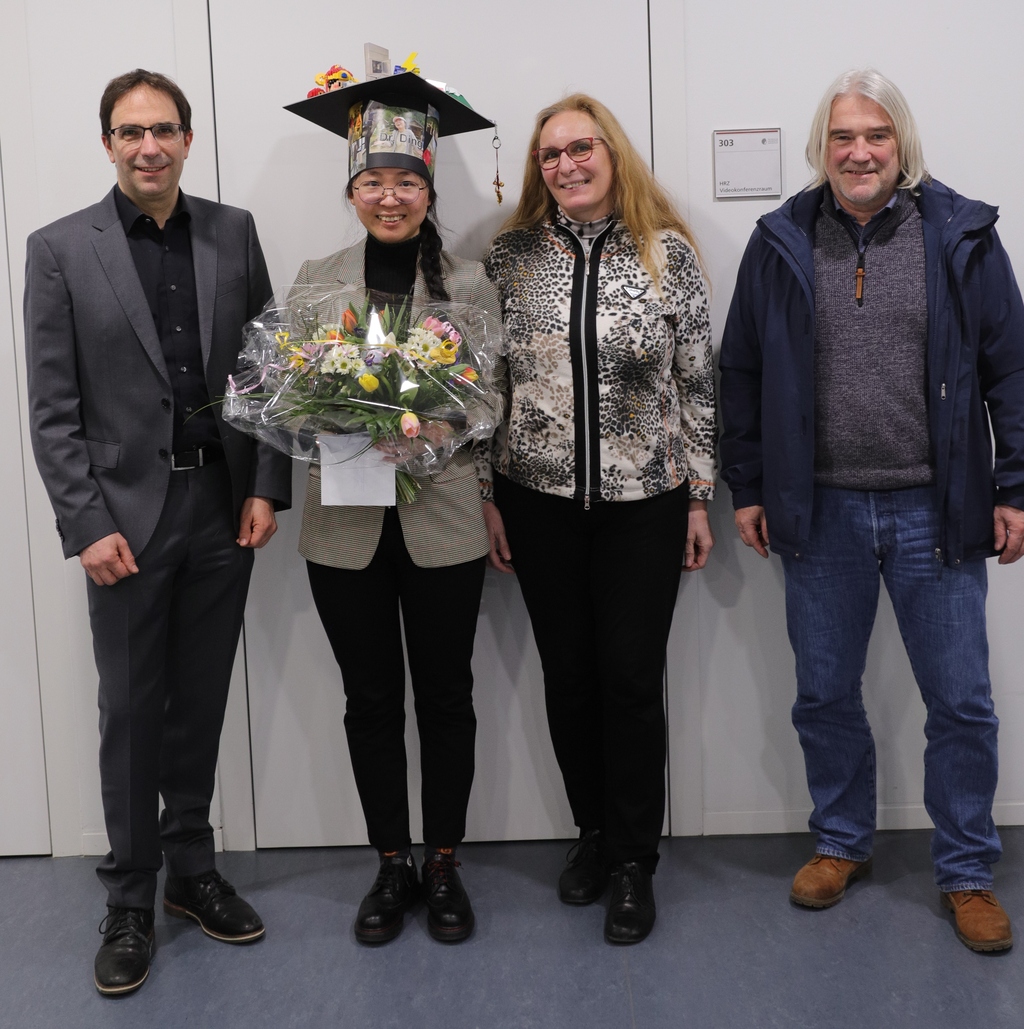
Ziming Ding successfully defended her PhD thesis on 'In Situ Transmission Electron Microscopy Investigation of All Solid-state Sodium Batteries' in the Materials Science Department at TU Darmstadt on January 30th 2024. Congratulations Ziming!

The picture 'Tor zur Unterwelt' by Matthis Mail, a colored SEM image of a Plasma-FIB prepared hole in a polymer sample, won the first price in the picture contest at the Nano-BW symposium 2023 in Bad Herrenalb. Congratulations Matthias.
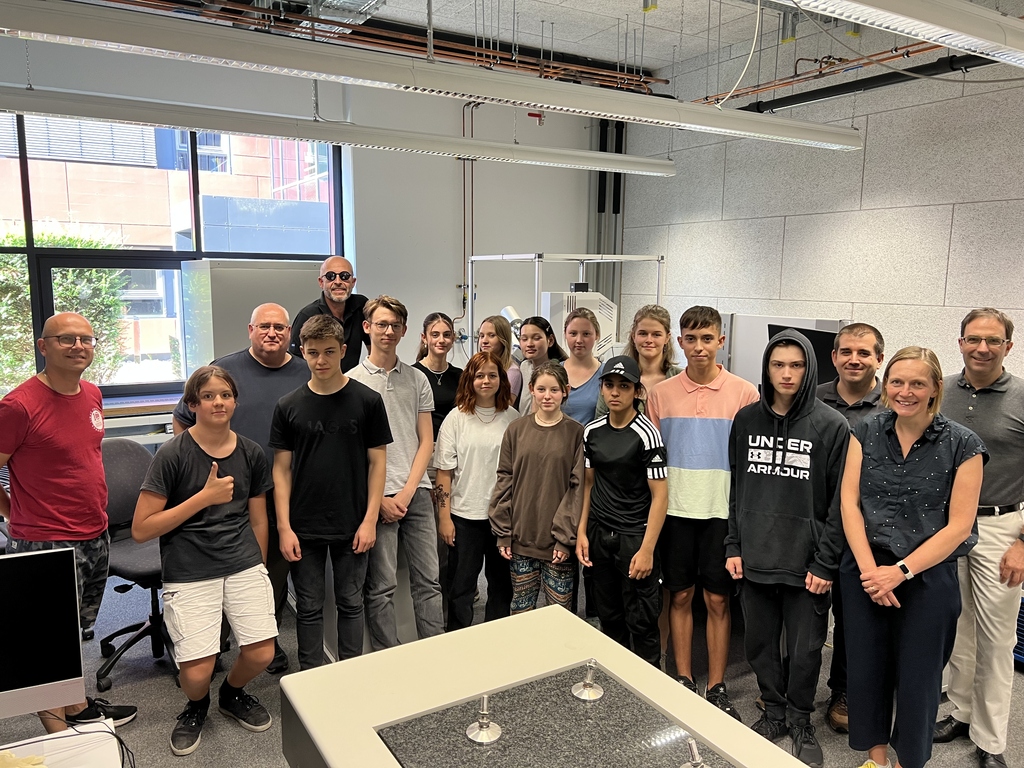
18 pupils of the Bismark Gymnasium in Karlsruhe and the HECTOR seminar Baden-Württemberg successfully completed the module "Bionik - Verständnis durch Elektronenmikroskopie entwickeln", spending 11 weeks using SEM and optical microscopy to image surface structures in biological systems and their technical counterparts to understand how the structure gives rise to different properties such as the Lotus effect, light harvesting, structural colors, Gecko effect, Salvinia effect and the mechanical stability of diatoms. The results were presented in a seminar on July 6th and at the HECTOR Modulfest on July 8th.
Link_more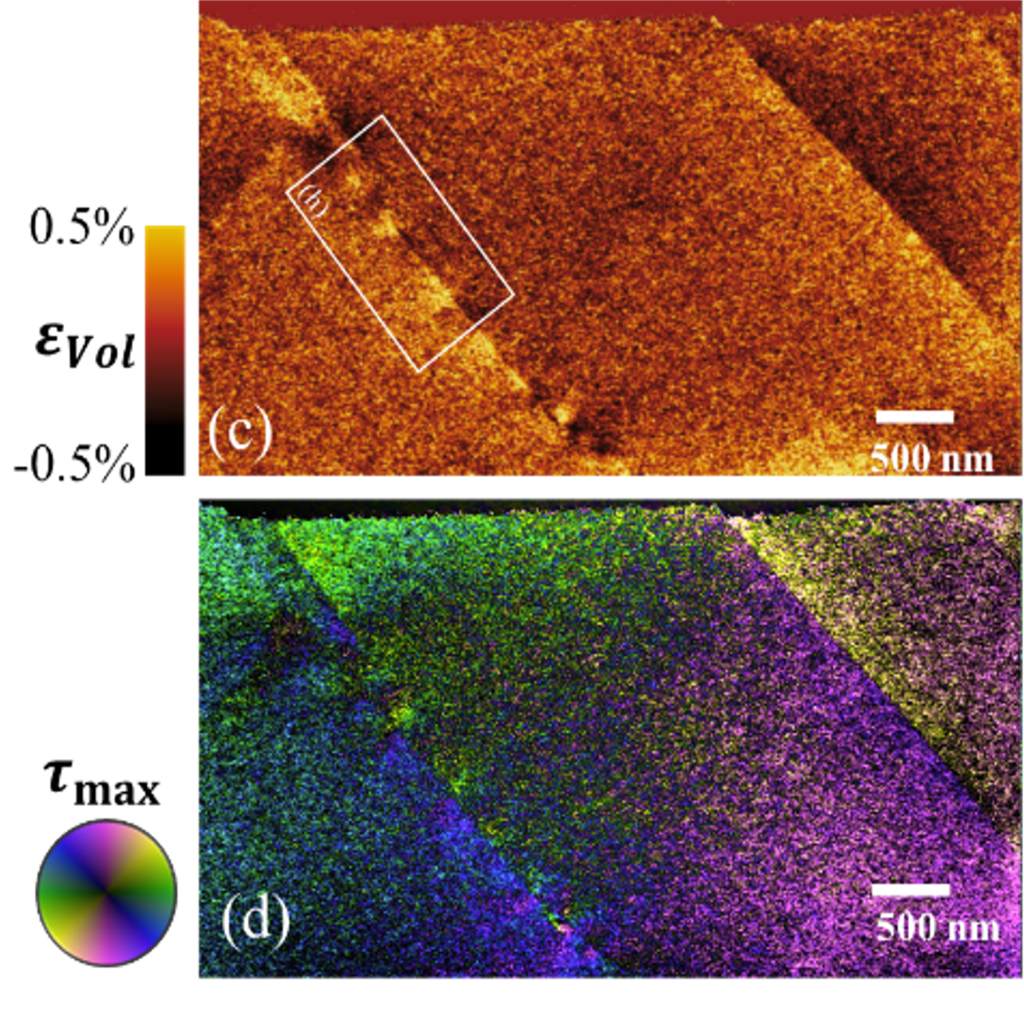
4-dimensional-STEM (4D-STEM) analysis of amorphous materials has been pushed to new limits and applied to map and directly correlate the local strain and the atomic structure at the nanometer scale in deformed metallic glasses. Residual strain fields are observed with quadrupolar symmetry concentrated at dilated Eshelby inclusions. The strain fields percolate in a vortex-like manner building up the shear band. This provides a new understanding of the formation of shear bands in metallic glass. Details have been published in Advanced Materials 2023.
Link_more
This work unveils the multi-cations synergy of the HEO Mg0.2Co0.2Ni0.2Cu0.2Zn0.2O at atomic and nanoscale during electrochemical reaction and explains the ‘cocktail effect’. The more electronegative elements form an electrochemically inert 3-dimensional metallic nano-network enabling electron transport. The electrochemical inactive cation stabilizes an oxide nanophase, which is semi-coherent with the metallic phase and accommodates Li+ ions. This self-assembled nanostructure enables stable cycling of micron-sized particles, which bypasses the need for nanoscale premodification required for conventional metal oxides in battery applications. This demonstrates elemental diversity is the key for optimizing multi-cation electrode materials. Details have been published at Nature Communications 2023.
Link_more
